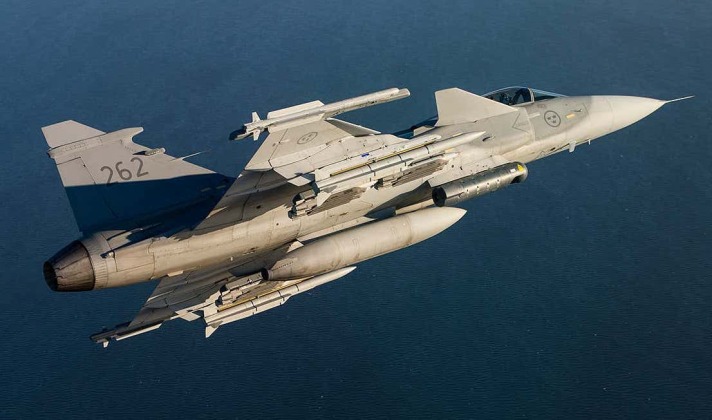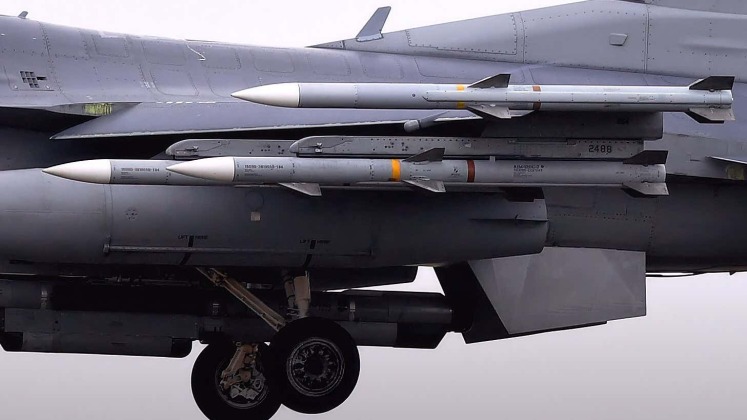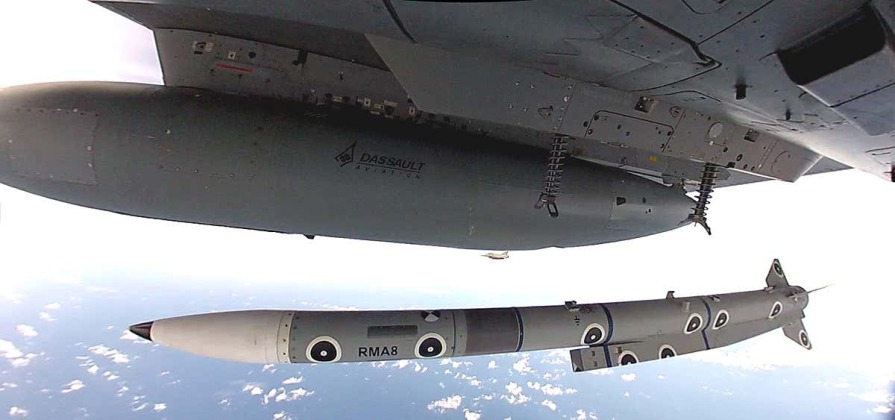The European Meteor long range air to air missile was for years anticipated as a game changing platform which would belatedly bridge the gap with the latest foreign designs for the continent’s three classes of fighter: the Swedish Gripen, French Rafale and British, German and Italian jointly developed Eurofighter. Beginning with the introduction of the American AIM-120C and Chinese PL-12 active radar guided air to air missiles in the early 2000s, European missile designs increasingly appeared outmatched. Active radar guidance was hardly a new technology, first introduced in 1974 on the AIM-54 missile produced for the U.S. Navy’s very large F-14 fighters which had a tremendous 195km range, but the AIM-120C and PL-12 saw such guidance systems paired with a range of over 100km and a size suitable for fighter-sized aircraft. The discrepancy only grew wider as the U.S. and China began to introduce the AIM-120D and PL-15 from around 2014, which had ranges of 160-180km and 200-300km respectively while the top European air to air missile, the MICA used exclusively by French jets, had only an 80km range. Until the development of the Meteor the MICA had left French fighters overwhelmingly outmatched, while the Gripen and Eurofighter were forced to rely on the American AIM-120C to provide a viable beyond visual range air to air capability.

Like many European military aviation programs, the Meteor faced a very protracted development of around two decades. The missile began development shortly after the first variants of the American AIM-120 entered service in the 1990s, and at a time when the Russian Air Force was fielding the 130km range semi active radar R-27ER/ET missiles on its new fighters which were set to be supplemented by the active radar guided R-77 before economic crisis ended such plans. The Meteor’s purpose was reported to outperform the AIM-120, and Britain, Germany, Sweden, France, Italy and Spain all participated in its development with some reports indicating that American technology transfers also played an important role. The missile gained an initial operating capability in 2016 but has entered into service only slowly since. The Meteor has a number of unique features which make it highly capable for beyond visual range engagements. The missile brought to the field a superior range and overall kinematic performance than the American AIM-120, although having entered service 25 years later this had long been expected despite the U.S.’ significant technological lead in the field. Its primary advantage is its propulsion system, which more closely resembles that of a cruise missile than traditional air to air missies due to its reliance on a variable flow ducted rocket (ramjet) in place of a rocket motor. This allows the missile to throttle its engine in flight, rather than expending its energy in a single unmodulated burn cycle. It can thus maintain more energy for its terminal attack phase to perform extreme manoeuvres and climb fast, which makes the Meteor considerably more difficult to evade than the AIM-120 and significantly increases the size of its ‘no escape zone.’

The Meteor’s ability to modulate its thrust allows the missile’s autopilot to use the most efficient flight path to the target, conserving fuel for a much greater range. In addition, to compensate for the missile’s relatively small X-band radar, the Meteor will be able to receive mid-course guidance updates from both the fighter that fired it and from other aircraft such as airborne early warning and control (AEW&C) aircraft, destroyers at sea and other fighter units. This improved network centric warfare capability, although far from unique to the Meteor, improves its precision considerably. The missile’s data link also allows fighters to re-target it during flight, and to see how much fuel remains to determine which targets are still viable. While the European Gripen, Rafale and to a lesser extent the Eurofighter, are far from outstanding in terms of flight performance, with the Rafale’s engine being the weakest in production for any fighter in the world and the Gripen’s overall thrust being among the poorest, the sophistication of the Meteor has the potential to partly compensate for these deficiencies. European air forces have neverthless been slow to adopt the new missiles in part due to their extreme cost, which makes widely equipping the Meteor far from viable in contrast to the relatively cheap AIM-120.

Improvements to foreign missile designs, and the much shorter development cycles of non-European missile programs, means that the Meteor’s current strong position is not expected to last. Its Chinese rival the PL-15, although beginning development much later than the Meteor, is considered similarly capable if not superior, while the American AIM-260 is expected to have a comfortable advantage and potentially use the same kind of ramjet propulsion system. Economies of scale and higher purchasing power in China and the U.S. means their future missile designs will likely not only be more advanced but also less costly. Although lagging behind due to a lack of funds, Russia began to equip its fighters with the R-37M missile from around the time the Meteor entered service. The missile boasts a 400km range and Mach 6 speed and 60kg warhead, comfortably outperforming the European missile, although its is considerably heavier meaning it cannot be carried in the same numbers. Russia’s lighter K-77M, which like the PL-15 will use an AESA radar for guidance and benefits from a 200km range and a formidable APAA guidance for greater reliability, is expected to become fully operational before 2024 and represents another peer level competitor with potentially significant advantages over the Meteor, although like European states with the Meteor Russia is unlikely to be able to afford widespread deployment of the new design.
